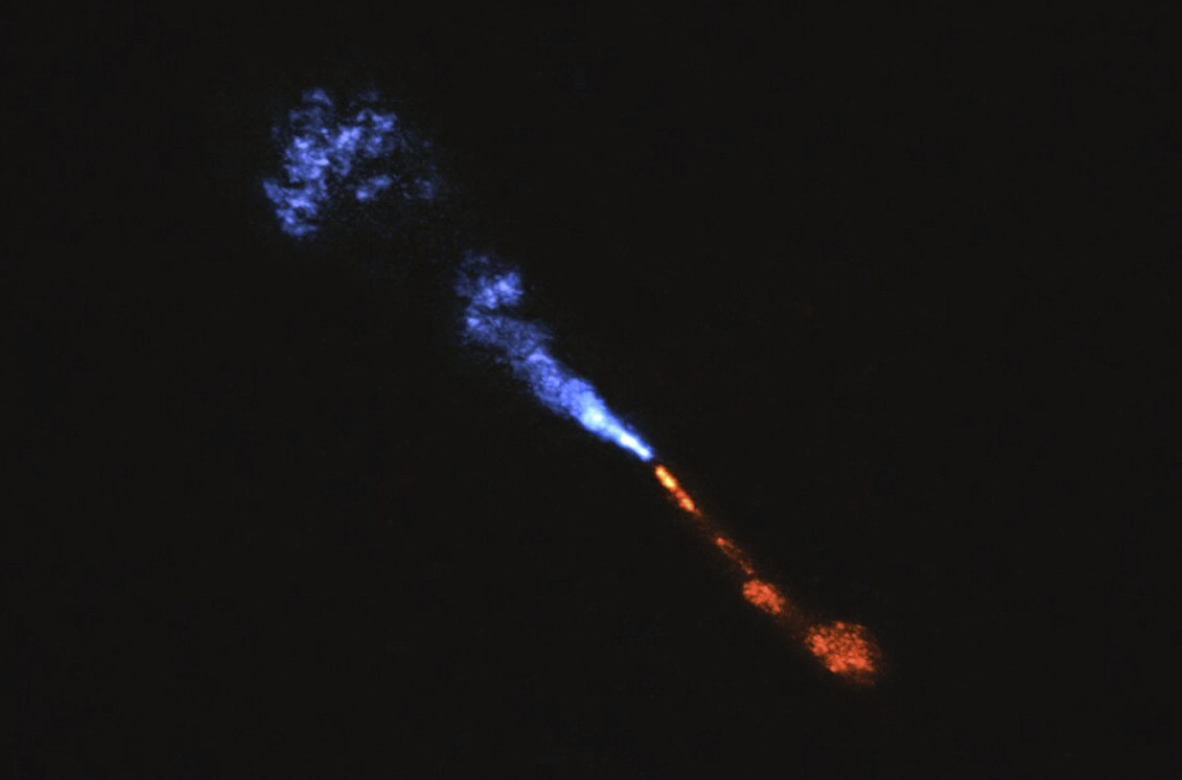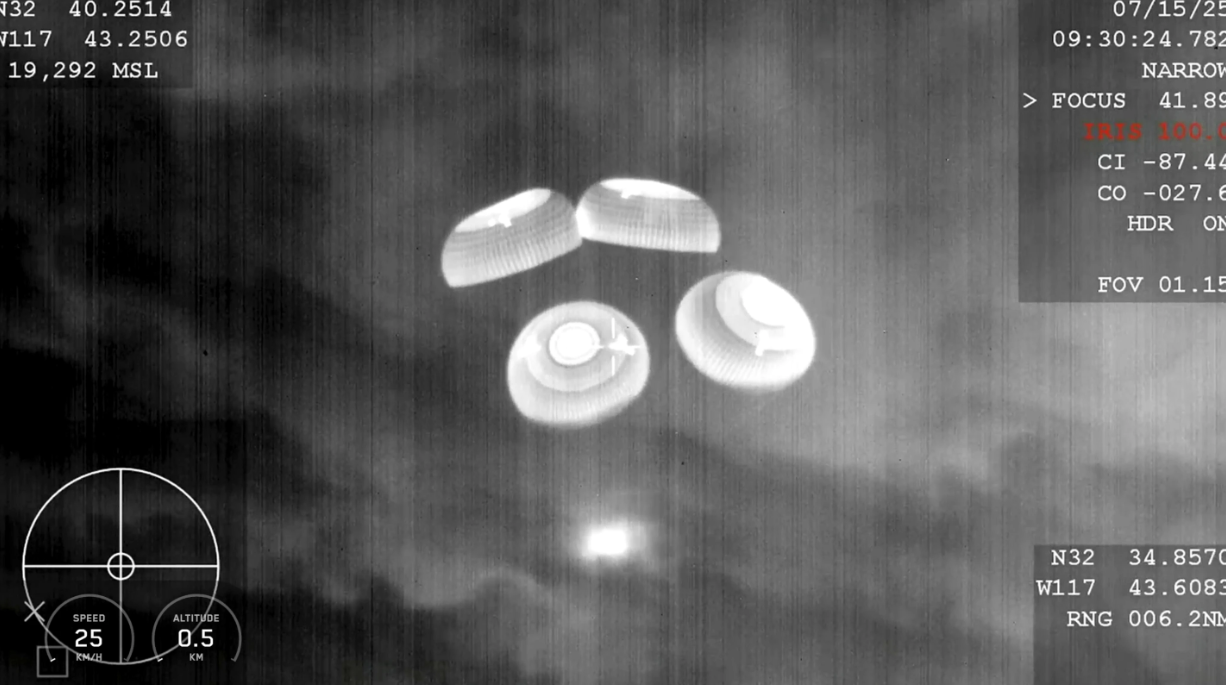On Monday, the largest digital camera ever built unveiled its first images of the universe — showcasing vibrant nebulas, stars, and galaxies.
Situated atop a mountain in Chile, the Vera C. Rubin Observatory was designed to explore the night sky in greater depth, revealing regions previously hidden from view. Supported by the U.S. National Science Foundation and Department of Energy, it will conduct a survey of the southern sky over the next decade.
The observatory’s initial images include the striking Trifid and Lagoon nebulas, located thousands of light-years away (with one light-year equaling nearly 6 trillion miles). Also captured were multiple galaxies from the Virgo Cluster, including two bright blue spiral galaxies.
With plans to image around 20 billion galaxies, the observatory aims to discover new asteroids and other celestial bodies.
Named in honor of astronomer Vera Rubin, who first provided compelling evidence of the mysterious force known as dark matter, the observatory’s powerful camera may offer new insights into dark matter as well as dark energy — two of the universe’s greatest mysteries.




